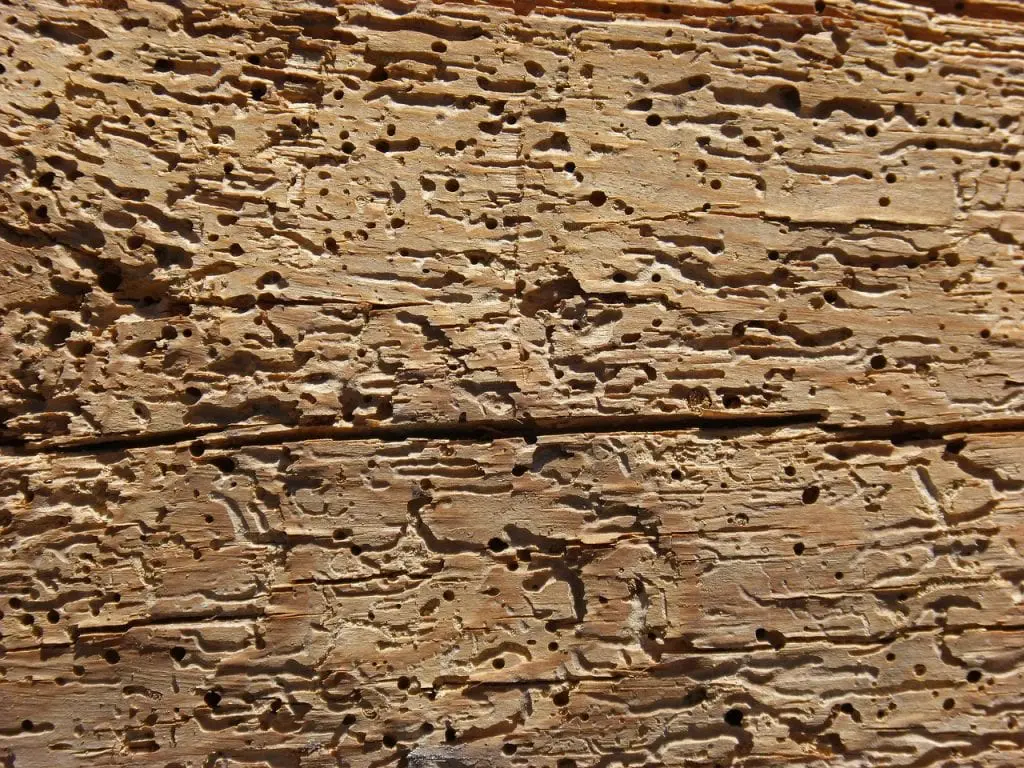Woody plants and wood have a potential enemy: the larvae of various species of beetles that dig tunnels in their trunks, weakening them and, in very serious cases, killing them. These insects are known as carcoma or quera, and you have to do what you can to avoid them. But the what?
On this occasion I am going to tell you everything you need to know about woodworm : characteristics, symptoms and also different ways to treat it.
Index
- 1 Characteristics of woodworm
- 2 What is the treatment?
Characteristics of the woodworm

Woodworm is an insect that lives all over the world. In its adult phase (see photo above) it is not harmful . It measures between 1.5 and 9mm in length, and the color of its body is usually brown or black. His eyes are large, separated from each other. They have a very short life.
The eggs are deposited in any crack, and as soon as they hatch the worms begin to feed on the wood as they tunnel through it. We must know that, although they rarely attack living plants, the risk is always present.
Which is the treatment?

An effective way to protect plants from woodworm is to collect a few acorns and wrap them in cloth tied like a bag. During the hot summer months the adult insect will not hesitate to lay eggs on top of the fabric, keeping the trees safe. Thus, when the eggs hatch, they will pierce the acorns so that they will stay in them. During the following spring, these bags have to be submerged in water to eliminate the larvae that may still be alive after the winter.
If what interests us is to prevent furniture from spoiling, we must treat it with anti-woodworm insecticide by brushing it, as if we wanted to paint it, from time to time.
We hope that these tips have been useful to you and that you have been able to forget about woodworm.
